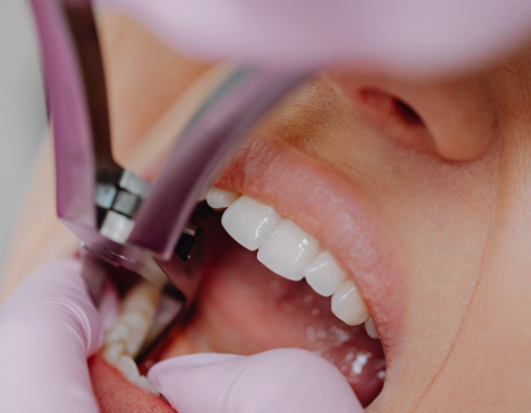During this part of development, adolescents begin to transition from childhood to adulthood. Problems with independence, identity, sexuality, and relationships outline this stage. In addition, psychological state issues, like mood disorders, anxiety disorders, and thought disorders, could develop or become apparent throughout adolescence.
Eating disorders, like anorexia and bulimia nervosa, most ordinarily develop throughout adolescence and are common among girls. In addition, several unhealthy behaviors that begin throughout adolescence, like overwhelming a poor diet (see fleshiness in Adolescents), smoking, substance use, and violence, will result in immediate health issues, semi-permanent disorders, or poor health later in life, which may call for pediatric and adolescent health care.
Nevertheless, regardless of the living conditions faced by any adolescent, some common health concerns arise during the stage of adolescence.
Mental health
Depression is one of the leading causes of unhealthiness and incapacity among adolescents, and suicide is the third leading reason for death in individuals aged 15–19 years. Half of all psychological state disorders in adulthood begin by age fourteen; however, most cases are undetected and untreated.
Many factors have a sway on the well-being and psychological state of adolescents. Violence, poverty, stigma, exclusion, and living in humanitarian and fragile settings will increase the danger of developing psychological state issues. The results of not addressing adolescent psychological state conditions before adulthood, impairing each physical and psychological state, and limiting opportunities to guide fulfilling lives as adults.
HIV/AIDS
There have been substantial declines in new infections amongst adolescents from a peak in 1994. However, adolescents still account for 100 percent of recent adult HIV infections, with three-quarters amongst adolescent girls.
Adolescents living with HIV have worse access to antiretroviral treatment, adherence to treatment, retention in care, and infective agent suppression. A key issue contributing to those is a restricted provision of adolescent-friendly services and psychosocial interventions and support.
Adolescents and children ought to savvy to guard themselves against HIV infection and should even have higher access to HIV testing and message and stronger links to HIV treatment services for people who take a look at HIV positive.
Nutrition and matter deficiencies
Iron deficiency anemia was the second leading reason for years of the loss of adolescents to death and in 2016. Iron and pteroylmonoglutamic acid supplements help to market health before adolescents become folks. Regular deworming to eliminate viscushelminths like hookworm is commonly recommended to forestall matter (including iron) deficiencies.
Developing healthy ingestion habits in adolescence are foundations that are permanently healthy for adulthood. Therefore, reducing the promotion of foods high in saturated fats, trans-fatty acids, free sugars, or salt and providing access to healthy foods are vital for all, particularly youngsters and adolescents.
Under nutrition and fleshiness
Many children in developing countries enter adolescence malnourished, creating them additional susceptible to disorder and early death. At the opposite end of the spectrum, the number of adolescents overweight or fat increases in the low-, middle- and high-income countries.
Conclusion
As a parent or guardian, the adolescent stage of a child’s life is a very sensitive one you need to pay attention to. Nevertheless, the common health issues that arise during this stage can be managed if spotted early with proper pediatric and adolescent health care.




